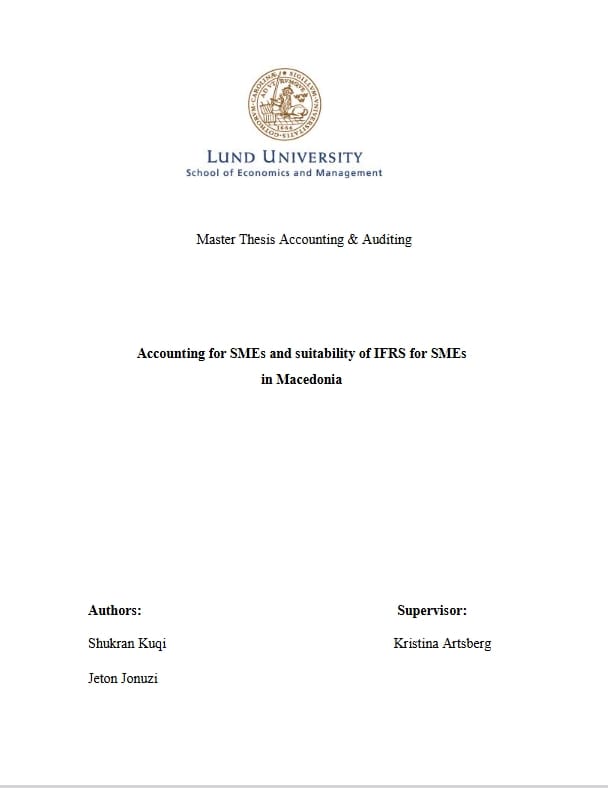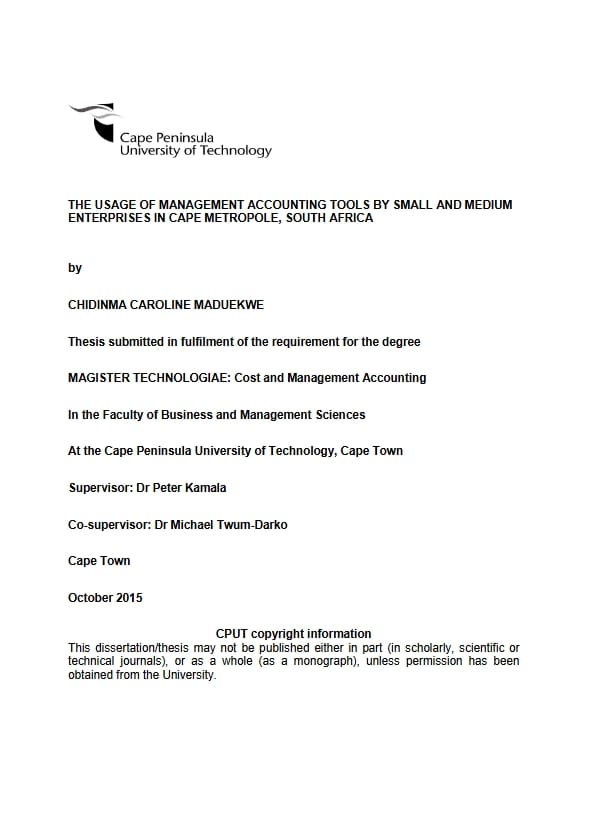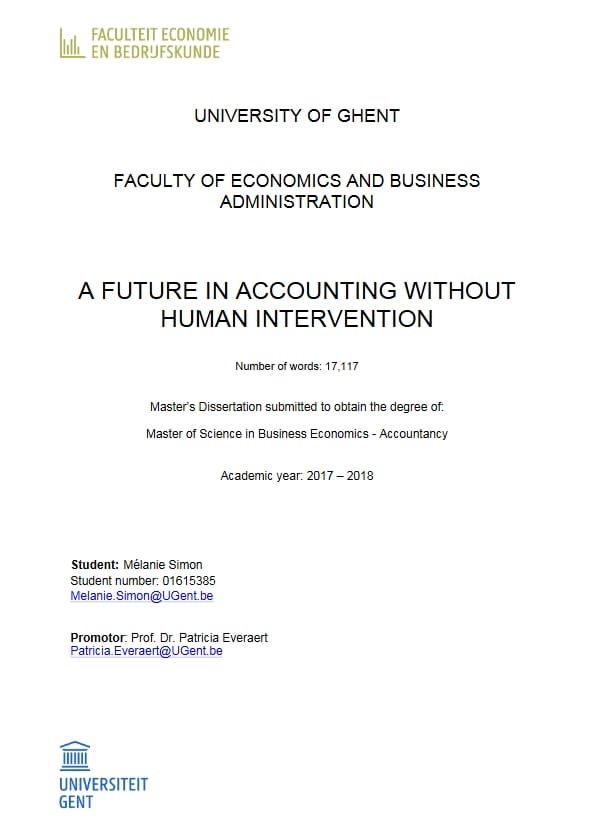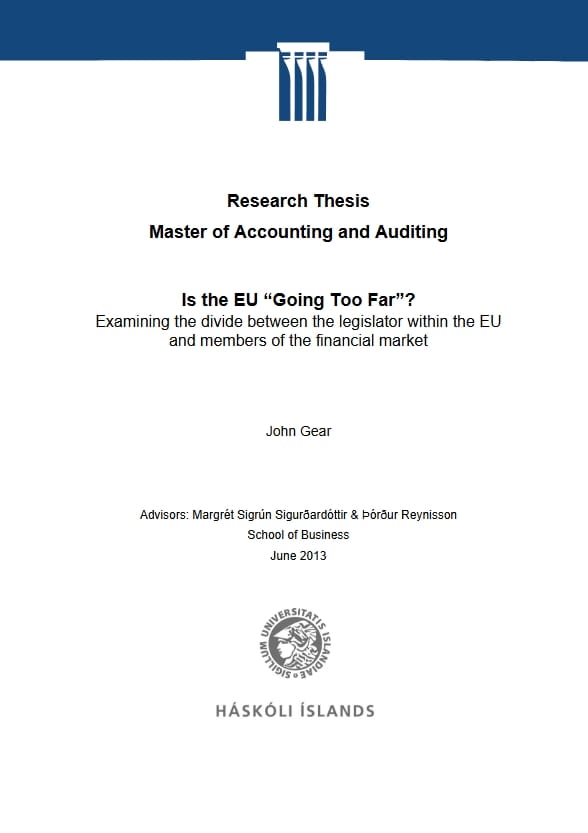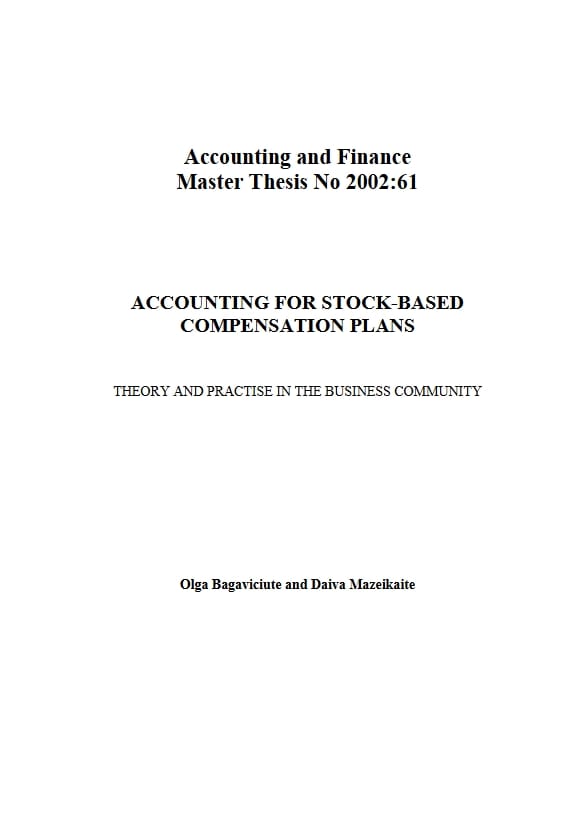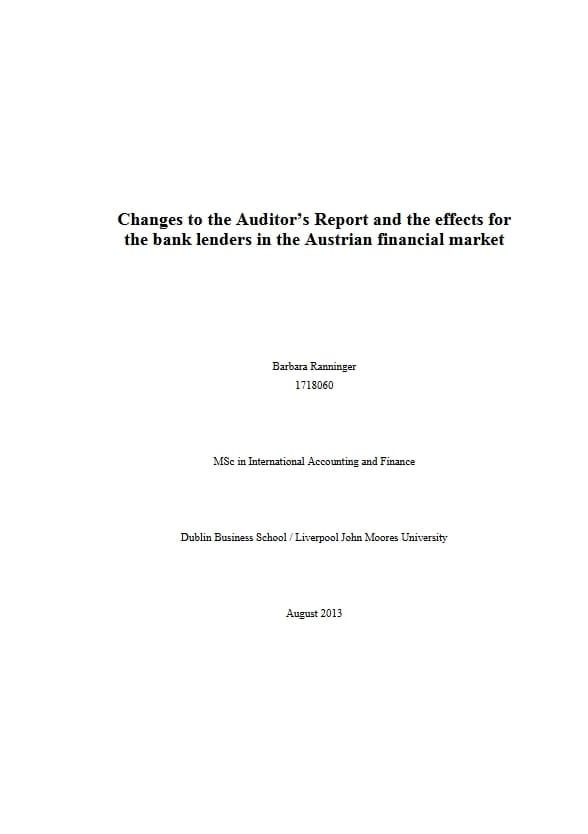TABLE OF CONTENTS
Abstract……………………………………………………………………………………………………………2
Acknowledgments……………………………………………………………………………………………..3
Abbreviations ……………………………………………………………………………………………………4
Table of Contents ………………………………………………………………………………………………5
List of Figures …………………………………………………………………………………………………..6
1. Introduction…………………………………………………………………………………………………..9
1.1. Background ………………………………………………………………………………………………..9
1.2 Problem…………………………………………………………………………………………………….11
1.3. The purpose ……………………………………………………………………………………………..14
1.4. Contribution ……………………………………………………………………………………………..15
1.5. Outline …………………………………………………………………………………………………….16
2. Method……………………………………………………………………………………………………….17
2.1. Research Approach…………………………………………………………………………………….17
2.2. Research Strategy ………………………………………………………………………………………18
2.2.1. Qualitative Research Method …………………………………………………………………….18
2.2.2. Semi-Structured Interviews and Emperical Information …………………………………19
2.3. Critique of Qualitative research ……………………………………………………………………19
2.4. Other Consideration…………………………………………………………………………………… 20
2.5. Information Gathering ……………………………………………………………………………….. 20
2.5.1. Primary Data ………………………………………………………………………………………….20
2.5.2. Literature……………………………………………………………………………………………….21
3. Theoritical Framework …………………………………………………………………………………. 22
3.1. Accounting Develpoments and Differences …………………………………………………… 22
3.2. Nobes Model and International Differences …………………………………………………… 23
3.2.1. Countries with Significant Equity Markets………………………………………………….. 24
3.2.2. Countries with Weak Equity Markets………………………………………………………….25
3.3. Accounting Harmonization in the EU ……………………………………………………………26
3.3.1. Accounting Directives …………………………………………………………………………….. 27
3.4. Implications and Effectiveness of Harmonization ……………………………………………27
3.5. The Emergance of the New Accounting Model……………………………………………….29
3.6. The Heritage of IFRS for SMEs- Perspectives from 2004 ………………………………..31
3.6.1. Comments on the IASB’s Exposure Draft ” IFRS for Small and Medium Sized
Entites. Some Responses and Imlications …………………………………………………………….33
3.6.2. Differences Between Full IFRS and IFRS for SMEs ……………………………………..35
3.7. General Features of Transition Economies…………………………………………………….. 37
3.7.1.Transition and Financial Architecture ………………………………………………………….39
3.7.2. Accounting Features in Transitional Economy ……………………………………………..40
3.7.3.Some Emperical Studies in Transition Economies …………………………………………41
4. Empirical Data …………………………………………………………………………………………….44
4.1. Empirical Data Presentation…………………………………………………………………………44
4.1.2. Background of the Interviewees …………………………………………………………………45
4.2. Data Analysis and Discussion ………………………………………………………………………46
4.2.1. Current Accounting Rules and Accounting Regulation for SMEs in Macedonia…49
4.2.2. Current Problems and Difficulties in Applying IFRS …………………………………….50
4.3. Accounting Quality and Importance of an Accounting …………………………………….53
4.4. Users of Financial Reporting of SMEs…………………………………………………………..55
5. Conclusion ………………………………………………………………………………………………….57
6. Suggestions for Further Research ……………………………………………………………………61
List of References…………………………………………………………………………………………….62
Appendix1 and 2

